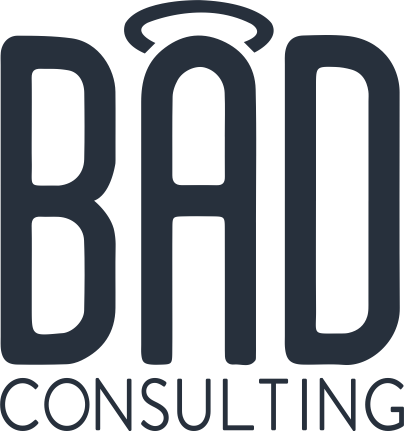The first thing you should do when you are starting to work with a social media consultant is to set goals for this relationship.
That sounds simple enough and something a client should be able to do on their own, but it tends to be more complicated. Most clients know the broad brushstrokes. They get a little more iffy when it comes to the specifics. And as we all know, the best goals are specific.
So when you’re starting goal-setting with a social media consultant, how should you go about it? Here are some of my thoughts:
Write out the broad brushstroke goal
When I ask clients what their goals are, they start talking about followers, reach and/or engagement. It makes sense. They’ve read these are the important things, so they’re giving this back to me. But it’s just not the big picture and that’s what my clients need to be worried about.
What keeps your business going? Is it purchases, donations or something else? Then increasing this is the actual goal of your social media. Anything else is in service of increasing this.
Why is it important to write this out? So we can diagnose problems early and know that we have to change things up. If I don’t know the metrics of your overarching goal, then I can’t see that what I’m doing is not effective. So making these big picture goals clear and specific will be the key to having a productive social media program.
Start talking about secondary goals
This is where we can start talking about those other goals. What do we think will get us closer to that big picture goal?
Many clients say, “I want more followers.” That’s understandable. We want to get in front of them and then convert them so they consistently see our content. The problem is that followers don’t mean what they once did. Even if you’re doing everything correct, those new followers could be spambots or other useless accounts that don’t really do anything for you. And on top of that, it’s just not reliable that a significant number of your fans will see your post. So it’s just not a great metric to focus on, although I admittedly include it in reports for the sake of stakeholders who think it’s important.
The next metric most people focus on is reach. I think this is where we start getting somewhere. Obviously the larger the audience we get for the brand, the more likely it is that someone will do what our actual goal is. So yes! Let’s get all the reach! But there needs to be some context with this goal. I can get loads of reach by posting something controversial in all the wrong ways. That’s not exactly what any organization wants. I can also get loads of reach with posting memes all day. Is that going to get your organization the kind of following that converts to business though? Not likely. So keep in mind what is behind that reach number and whether it’s leading to business.
Engagement is always the next thing people are interested in. And it’s a great number to look at. Having people engage with your content is a sign that your account is healthy and your audience is connecting with it. That’s obviously what you want. But this needs context as well. Like I said with reach, I can get engagement really large with lots of controversial statements and memes. This is obviously not ideal, and so this number needs to be put in context as well.
The last number I report to clients is engagement rate. This is defined differently by different people, but I define it as engagement divided by reach. I use this number for growth purposes. I want to make sure that the growth of a page is healthy and engagement rate can give you an alert that it’s not. If that rate goes down, I start looking at whether we are putting too much money at advertising that isn’t connecting or I take a look at other factors that could be giving us too much reach and not enough engagement. I even look at factors if our engagement rate is too high. Are we really doing content that is leading to business?
There are other factors you can track as well including influencer campaigns, web clicks, etc. No matter what you choose to focus on, keeping the numbers in context will help you spot any future issues before they become a real problem.
Set real goals
Once you have all talked through the broad goals and the secondary goal options, it’s time to set up the real goals together. Because if it is just one party setting goals at this point, no one is going to be happy in the end.
Think about where you want to go from here and what kind of tactics you plan on taking after looking at everything. What does success look like? Get as specific as possible and divide it up over long-term and short-term goals. The more benchmarks you have, the more you can pivot when there is a problem.
I personally have daily goals I like to reach, but I don’t go into that much detail with my clients. At max, it’s weekly so as not to overwhelm a client. And I find most clients prefer monthly with weekly informal reports. We look at where we’re at with goals, put that progress into context of what has been actually happening that can’t be reflected in numbers, take a look at upcoming social media changes and adjust the next set of plans based on all of this information.
Getting all of this information and really diving into it can be a tedious and long process. But making collaborative goals that really make sense for your business can make all the difference for your social media program. So take the time to get it right.
How are you setting goals? And how are they going right now?


One response to “Creating Goals for a Social Media Consultant”
[…] the broad strokes of your goals down. How do you want your social media program to affect your organization? Do you want more […]